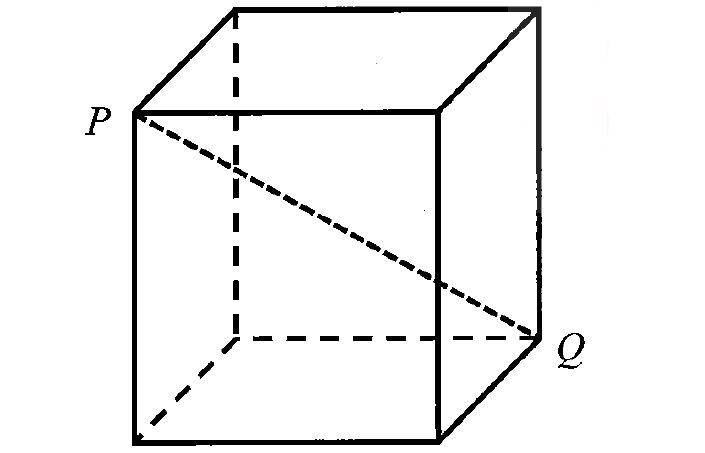LIKE AND UNLIKE FRACTIONS WORKSHEETS
Worksheets given in this section will be much useful for the students who would like to practice solving problems on like and unlike fractions.
Click on the links given below download worksheets on like and unlike fractions as pdf documents.
Unlike fractions worksheet - 1
Unlike fractions worksheet - 2
Unlike fractions worksheet - 3
Unlike fractions worksheet - 4
Unlike fractions worksheet - 5
Like and Unlike Fractions
In this section, you can brush up your knowledge on like fractions and unlike fractions.
Like Fractions :
In two or more fractions, the denominators (bottom numbers) are same, they are called as like fractions.
Examples :
½, ³⁄₂, ⁷⁄₂, ⁹⁄₂
In the above fractions, all the denominators are same. That is 2.
Unlike Fractions :
In two or more fractions, the denominators (bottom numbers) are different, they are called as unlike fractions.
Examples :
⅓, ⅘, ⅐, ⁹⁄₁₁
In the above fractions, all the denominators are different. They are 3, 5, 7 and 11.
Addition and Subtraction of Like Fractions
When we add two or more like fractions, we will take the denominator once and simplify the numerators.
Example :
= ²⁄₇ + ⁴⁄₇
= ⁽² ⁺ ⁴⁾⁄₇
= ⁶⁄₇
From the above example, it is clear that adding or subtracting two or more like fractions is easy.
But, when we add or subtract two ore more unlike fractions, we have to use different methods.
Addition and Subtraction of Unlike Fractions
When we add or subtract two ore more unlike fractions, we have to use different methods.
They are,
1. Cross-Multiplication method
2. LCM Method
Cross - Multiplication Method :
In addition or subtraction of two unlike fractions, if the denominators are co-prime or relatively prime, we have to apply this method.
We have to follow the steps explained below in cross multiplication method.
Step 1 :
Multiply the numerator of the first fraction by the denominator of the second fraction.
Step 2 :
Multiply the numerator of the second fraction by the denominator of the first fraction.
Step 3 :
Multiply the denominators of both fractions and take it as common denominator for the results of step 1 and step 2.
Step 4 :
Simplify the result of step 3.
Example :
Let us consider the addition of two fractions given below.
²⁄₇ + ⅜
In the above two fractions, denominators are 7 and 8.
For 7 and 8, there is no common divisor other than 1.
So 7 and 8 are co-prime.
Here, we have to apply cross-multiplication method to add the two unlike fractions ²⁄₇ and ⅜ as shown below.
LCM (Least Common Multiple) Method :
In addition or subtraction of two unlike fractions, if the denominators of the fractions are not co-prime (there is a common divisor other than 1), we have to apply this method.
We have to follow the steps explained below in LCM method.
Step 1 :
Find the least common multiple of the denominators of the given fractions.
Step 2 :
Using the least common multiple found in step 1, make all the fractions as like fractions.
Step 3 :
In like fractions, the denominator of all the fractions will be same. So take the denominator once and simplify the numerators.
Example :
Let us consider the addition of two fractions given below.
⅜ + ⁵⁄₁₂
In the above two fractions, denominators are 8 and 12.
For 8 and 12, if there is at least one common divisor other than 1, then 8 and 12 are not co-prime.
For 8 and 12, we have the following common divisors other than 1.
2 and 4
So, 8 and 12 are not co-prime.
In the next step, we have to find the LCM (Least common multiple) of 8 and 12.
8 = 23
12 = 22 x 3
When we decompose 8 and 12 in to prime numbers, we find 2 and 3 as prime factors for 8 and 12.
To get L.C.M of 8 and 12, we have to take 2 and 3 with maximum powers found above.
So, the LCM of 8 and 12 is
= 23 x 3
= 8 x 3
= 24
Now, make the denominators of both the fractions as 24 using multiplication.
In (⅜ + ⁵⁄₁₂), to make each denominator as 24, multiply the numerator and denominator of the first fraction by 3 and the second by 2.
Kindly mail your feedback to v4formath@gmail.com
We always appreciate your feedback.
©All rights reserved. onlinemath4all.com
Recent Articles
-
Digital SAT Math Problems and Solutions (Part - 152)
Apr 28, 25 11:54 AM
Digital SAT Math Problems and Solutions (Part - 152) -
Digital SAT Math Problems and Solutions (Part - 151)
Apr 26, 25 11:18 AM
Digital SAT Math Problems and Solutions (Part - 151) -
AP Calculus BC Problems with Solutions
Apr 26, 25 05:49 AM
AP Calculus BC Problems with Solutions
